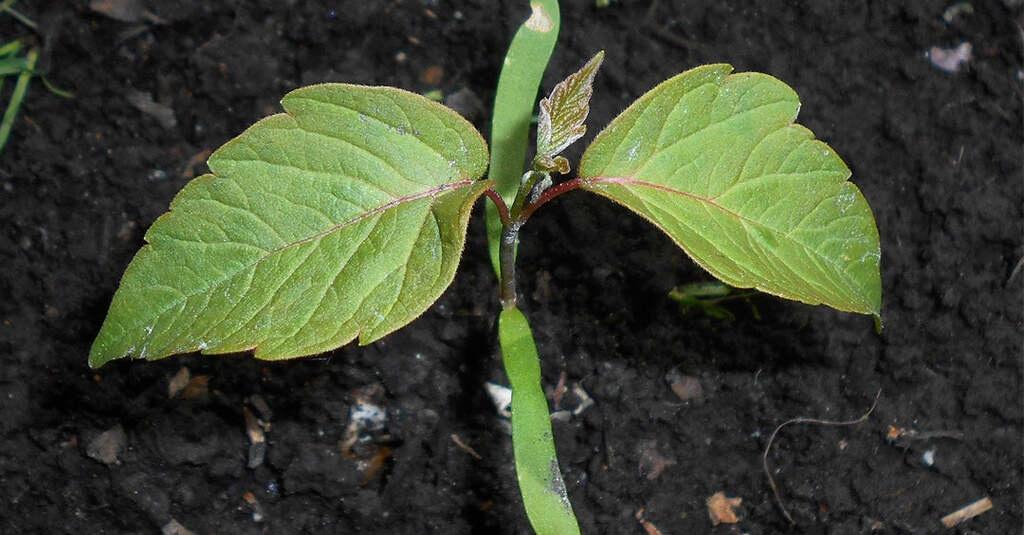Are you curious to know what happens when borax is heated? You have come to the right place as I am going to tell you everything about happens when borax is heated in a very simple explanation. Without further discussion let’s begin to know what happens when borax is heated?
What Happens When Borax Is Heated?
Borax, a naturally occurring mineral and a common household product, is a versatile substance with numerous applications. When heated, borax undergoes various chemical transformations, resulting in physical and chemical changes that make it useful in a wide range of fields. In this blog, we will explore what happens when borax is heated, the science behind these changes, and the practical applications of these transformations.
Borax Composition
Borax, also known as sodium borate, is a compound with the chemical formula Na2B4O7·10H2O. It contains sodium (Na), boron (B), oxygen (O), and water (H2O) molecules, making it a hydrated sodium borate.
What Happens When Borax Is Heated?
- Dehydration: The first significant change that occurs when borax is heated is the removal of water molecules. Borax contains ten water molecules, and when heated, it undergoes a process called dehydration. The heat causes the water molecules to evaporate, leaving anhydrous borax, which is essentially the dry form of the compound.
- Melting Point: As the borax is heated, it goes through a phase transition. Borax has a relatively low melting point, around 741°C (1,366°F). When heated to this temperature, it turns into a clear, colorless liquid.
- Glass Formation: When borax is heated even further, it doesn’t vaporize like water; instead, it transforms into a molten glassy substance. This molten borax has a unique property of being an excellent flux, which means it can lower the melting point of other materials when mixed with them.
- Boric Oxide Formation: At higher temperatures, typically above 1,200°C (2,192°F), borax begins to decompose. One of the primary products of this decomposition is boric oxide (B2O3). Boric oxide has a wide range of applications, including in glass production, ceramics, and flame retardants.
- Flame Test: Borax is also known for its use in the “borax bead test.” When a small amount of borax is heated with a loop of platinum wire in a flame, it forms a borax bead. Different metal ions produce distinct colors when heated with a borax bead, making it a valuable tool in qualitative chemical analysis.
Practical Applications
- Cleaning Agent: Borax is commonly used as a cleaning agent, especially in laundry. When mixed with water, it forms an alkaline solution that helps remove stains and dirt.
- Flux in Welding: Molten borax serves as a flux in welding, helping to remove impurities and oxides from metal surfaces, ensuring a strong and clean weld.
- Borosilicate Glass: Borax, through the production of boric oxide, is a key ingredient in the manufacturing of borosilicate glass, which is known for its resistance to thermal expansion and chemical corrosion. This glass is used in laboratory glassware, cookware, and glass art.
- Fire Retardant: Boric acid, a compound derived from borax, is used as a fire retardant in various materials, including textiles and wood products.
- Qualitative Analysis: The borax bead test is valuable in qualitative chemical analysis to identify metal ions based on the colors they produce when heated with borax.
Conclusion
Heating borax initiates a series of transformations, from the removal of water molecules to the formation of boric oxide and the creation of a molten glassy substance. These changes have practical applications in cleaning, metallurgy, glass production, and even chemical analysis. The versatility of borax, along with its intriguing chemical behavior when heated, makes it a valuable and multi-purpose compound with a wide range of applications in various industries.
FAQ
What Happens When Borax Is Added To Water?
Borax is the sodium tetraborate decahydrate (Na2B4O7 · 10H2O) that, when dissolved in water, is hydrolyzed to boric acid and OH− anions, yielding a pH of about 9.13.
Which Is Not Formed On Heating Borax?
Triborate is not formed as a product of borax bead test.
Why Is Borax Swelled Like A Puff When Heated?
It is known to you that on heating, borax loses its water of crystallization and swells up to form a puffy mass.
When Borax Is Heated With Cao?
When borax is heated in a Bunsen burner flame with CaO on a loop of platinum wire , a yellow coloured Co(BO2)2 bead is formed.
I Have Covered All The Following Queries And Topics In The Above Article
What Happens When Borax Is Heated In Water
What Happens When Borax Is Heated Class 12
What Happens When Boric Acid Is Added To Water
What Happens When Boric Acid Is Heated
What Happens When Aluminium Is Treated With Dilute Naoh
When Borax Is Heated With Coo On A Platinum Loop
Borax On Heating Does Not Form
What Happens When Bf3 Is Reacted With Ammonia
What Happens When Borax Is Heated
What happens to borax on heating



